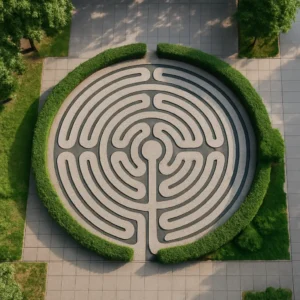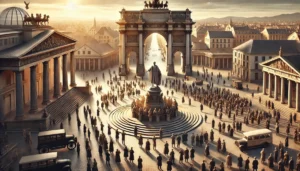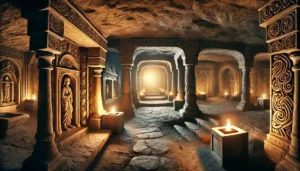Historical landmarks are often admired for their beauty and grandeur, but many of them hold secrets that are rarely told in history books. Beneath the surface of stone walls, grand towers, and ancient ruins lie forgotten tales of power, betrayal, hope, and mystery. These hidden stories not only enrich the meaning of these landmarks but also remind us that history is often more complex than it seems.
Take the Colosseum in Rome, for example. Most people know it as the epicenter of gladiator battles, but fewer know that it was also used for public executions and mock sea battles. After the fall of the Roman Empire, it became a fortress, a Christian shrine, and even a quarry for building materials. Its history is layered, each phase leaving behind physical and symbolic scars.
Machu Picchu in Peru is known as the Lost City of the Incas, but one of its most intriguing mysteries is why it was abandoned. Historians still debate whether it was a royal retreat, a religious site, or an agricultural experiment. There are clues hidden in its water systems, astronomy-aligned structures, and untouched tombs that continue to puzzle researchers to this day.
The Great Wall of China stretches across thousands of miles, but beyond its sheer scale is the story of the countless workers who died building it. Many were peasants, soldiers, and prisoners. Some sections of the wall are said to contain human remains buried within, giving rise to the legend of it being the “longest cemetery on Earth.”
In Egypt, the Pyramids of Giza are marvels of engineering, but there’s more to their story than tombs. Some archaeologists believe they were aligned with stars or used for unknown ritual purposes. Beneath the sand, researchers have recently uncovered hidden chambers using modern scanning technology, suggesting that these structures still hold secrets thousands of years after they were built.
The Eiffel Tower in Paris is a symbol of elegance and romance today, but at the time of its construction, it was considered an eyesore by many Parisians. Less known is the fact that Gustave Eiffel built a secret apartment at the top of the tower, which he used to entertain scientists and dignitaries — a space that still exists and can be visited.
The Statue of Liberty in New York symbolizes freedom, but few people know that her original design was meant for Egypt. French sculptor Frédéric Auguste Bartholdi initially planned the statue as a lighthouse at the Suez Canal, representing Egypt bringing light to Asia. That project was rejected, and the concept was later adapted into what became one of America’s most iconic landmarks.
In Cambodia, Angkor Wat is a majestic temple complex, but its hidden carvings tell a deeper story. Among the thousands of detailed stone engravings are depictions of everyday life — including what some scholars believe to be dinosaurs and mythical beasts. Whether symbolic or historical anomalies, they add mystery to the temple’s spiritual significance.
Even Stonehenge in England, a prehistoric wonder, holds secrets. Recent excavations revealed that its stones may have been part of an earlier monument in Wales. How these massive stones were transported remains unknown, and new underground features discovered through radar continue to challenge previous theories.
These hidden stories remind us that every stone, every carving, and every structure has a voice. The history we are told is often just the surface. True exploration — whether by archaeologists or curious travelers — reveals the forgotten layers that make these places truly come alive.
So, next time you visit a famous landmark, take a moment to ask: what stories are still waiting to be uncovered?







